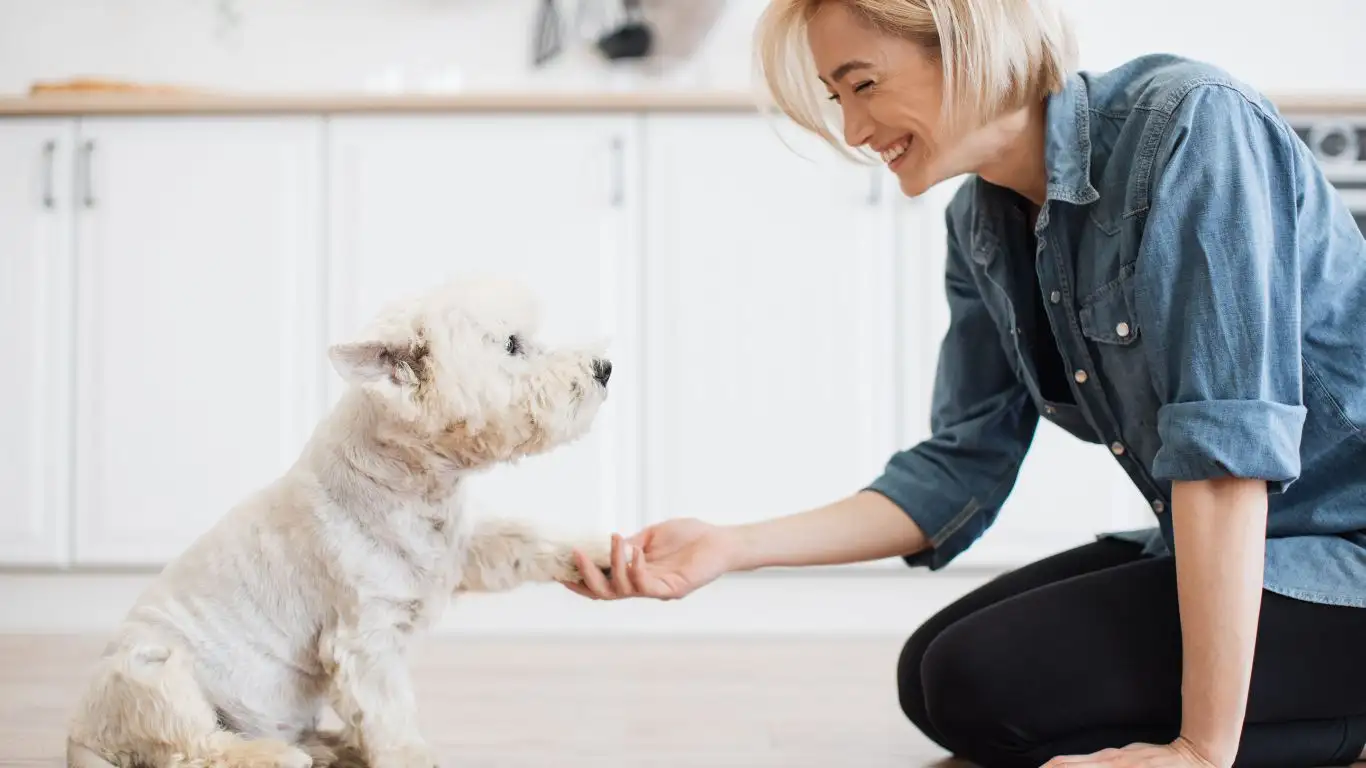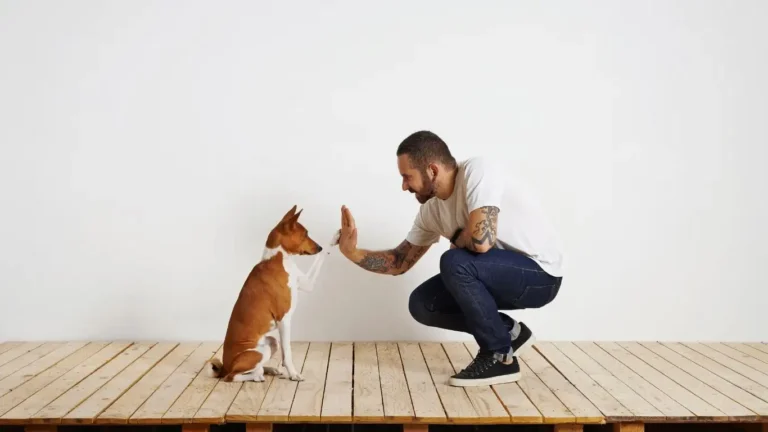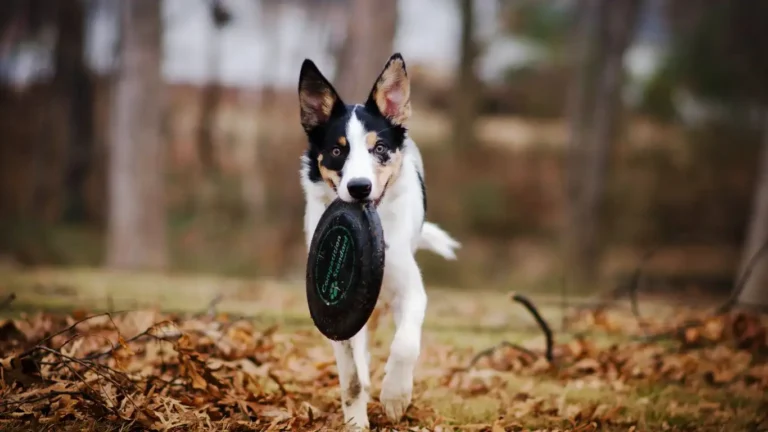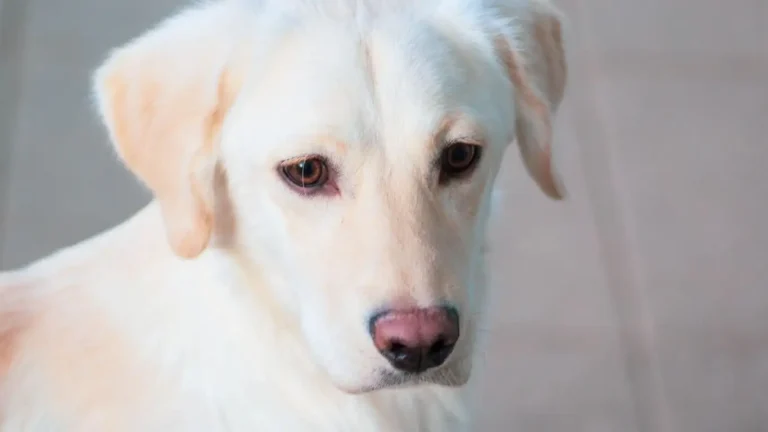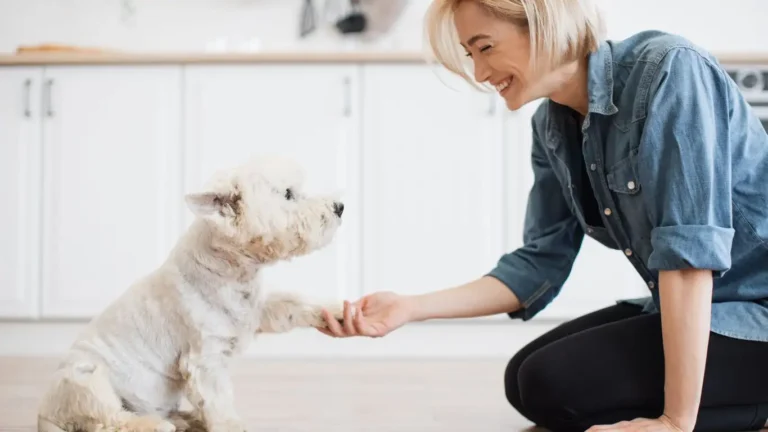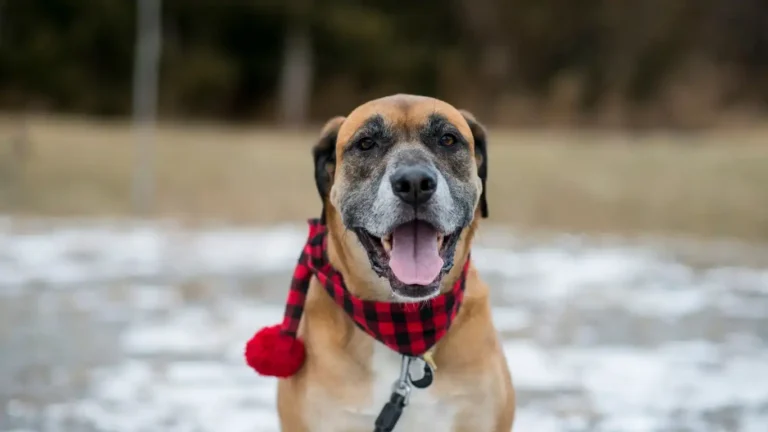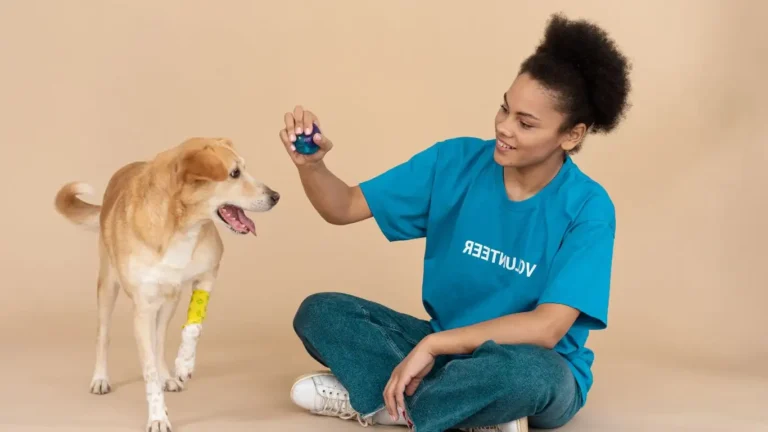Transform Mealtime Madness: How to Train a Dog to Wait Calmly
Let’s be real—teaching a pup patience isn’t always a walk in the park. One of the most common (and honestly, cutest) issues I get asked about as a Canine-Assisted Therapy Trainer is how to train a dog to wait for food politely. If you’ve ever had your dog do a full Olympic sprint to the bowl the second it hits the floor—or worse, jump on you mid-scoop—you’re not alone. I’ve seen this with everything from excitable puppies to seasoned service dogs in training. But here’s the good news: with a little consistency and some smart strategies, your dog can learn the fine art of food manners without losing their tail-wagging enthusiasm.
Why Polite Mealtime Behavior Matters
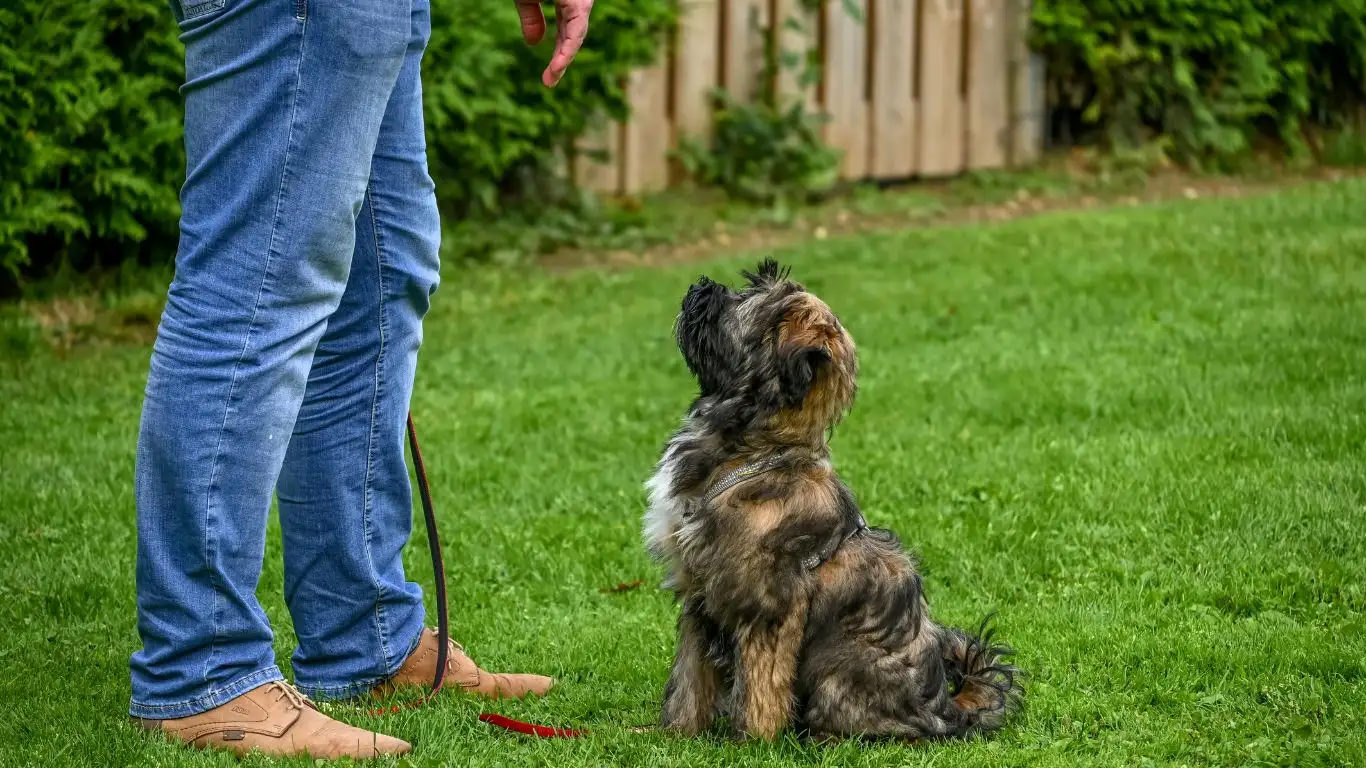
When I started incorporating food patience training into therapy sessions, I noticed a dramatic shift in dog behavior—calmer energy, better focus, and way more trust built between handler and pup. It’s not just about being polite; it’s about teaching impulse control, which helps in so many areas beyond the kitchen.
Dogs who learn to wait for food are more likely to:
- Stay calm around kids with snacks
- Resist jumping or food-stealing behaviors
- Develop overall better obedience
Honestly, some of the dogs I’ve trained could sit through Thanksgiving dinner without batting an eye—okay, maybe one eye.
The Foundation: Building Focus and Calmness
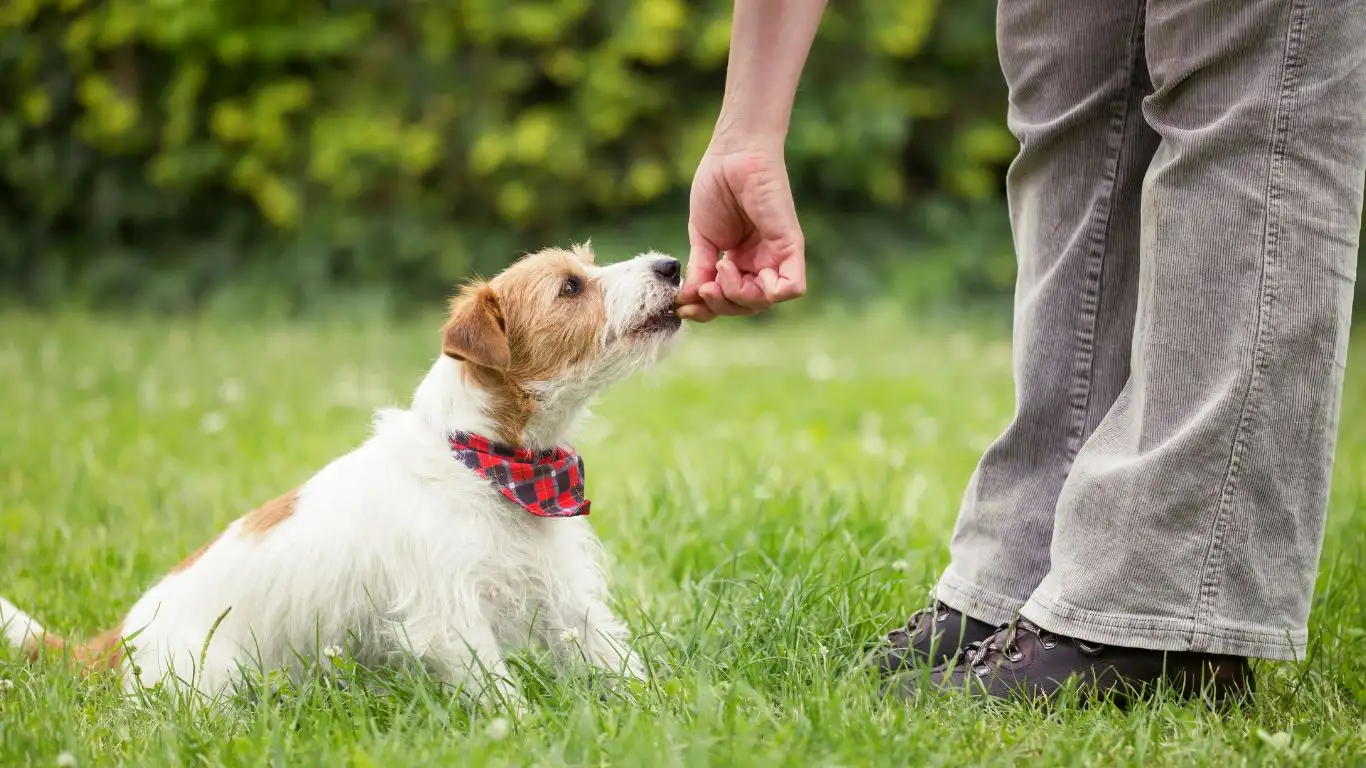
Before we get to the actual food bowl work, let’s rewind a bit. Training your dog to wait starts with their ability to focus on you—not just the kibble. I always begin with short, low-distraction training sessions where we reward eye contact and stillness. Here’s one of my go-to starter drills:
Start With “Watch Me”
This simple command teaches your dog to tune into you, no matter what’s going on.
- Hold a treat up near your face (not in front of their nose).
- Say “Watch me” and wait for eye contact.
- Mark it with a “Yes!” or click and give the treat.
- Rinse and repeat—short, sweet, and frequent works best.
Pro tip: I love using this technique with therapy dogs in training. It sets the tone for so many other tasks, from patient visits to crowded public spaces.
How to Train a Dog to Wait for Food Politely: Step-by-Step Breakdown
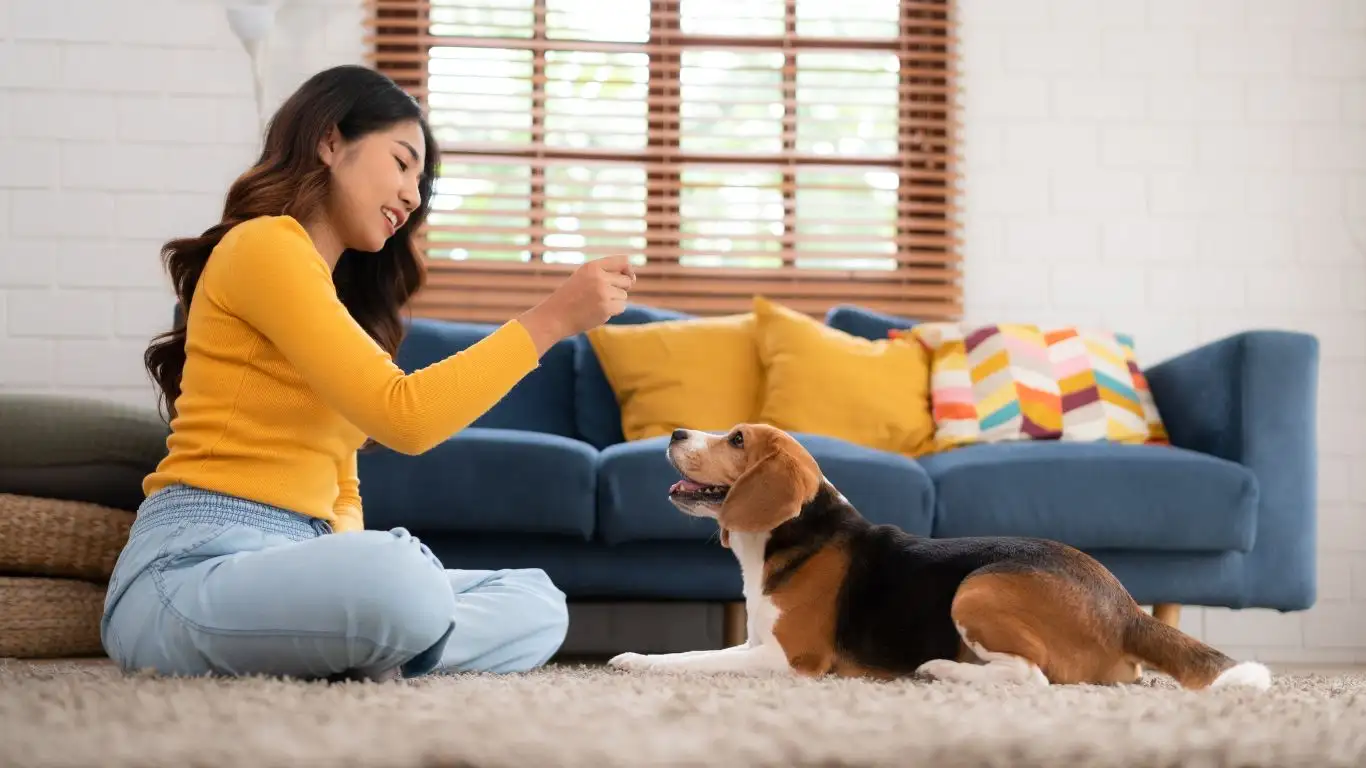
Okay, here’s where the magic happens. I break this process into bite-sized (pun intended) phases so dogs of any age or experience can succeed.
Step 1: Introduce the Sit-and-Wait Ritual
I call this the “calm before the chow.” Start by asking your dog to sit while you prepare the food. If they pop up? No problem—just reset and try again.
- Place the food bowl in your hand.
- Say “Wait” firmly and slowly lower it toward the floor.
- If your dog lunges, lift the bowl back up—no scolding needed, just neutral energy.
- Repeat until they stay seated as the bowl touches down.
Sometimes I’ll spend an entire session just on this. It’s not about speed—it’s about getting that calm, still energy. Trust me, once it clicks, it sticks.
Step 2: Add Duration and Distance
Once your dog can hold a sit while the bowl hits the ground, it’s time to stretch their patience.
- Ask for a sit and “Wait.”
- Place the bowl down and take a small step back.
- Count a few seconds (start with 2–3), then release with a happy “Okay!” or “Go eat!”
- Gradually increase time and steps back.
What I love about this phase is how empowering it is for dogs. They start to realize that calm behavior = reward. I’ve seen some of the most food-obsessed pups transform into statues of willpower—it’s honestly amazing to watch.
When Real-Life Distractions Kick In

Now, once your dog has nailed the basics of how to wait for food politely in a quiet space, it’s time to add in the real-life chaos—because let’s face it, life isn’t always a quiet kitchen and a perfectly placed food bowl. I’ve had dogs that were absolute angels at home, then turned into frenzied furballs the second a toddler walked by with a cracker.
This part of training is all about generalization. The more your dog can practice polite food behavior in different environments and with different levels of distractions, the better that behavior will stick. And that’s key—especially if your dog joins you in therapy visits, busy parks, or around food-loving family gatherings.
Step 3: Add Movement, Noise, and Temptation
I always tell clients: Don’t baby-proof the environment—train for the real world. Here are a few ways I level up the difficulty:
- Ask a family member to walk around while you feed your dog.
- Use a treat or piece of chicken on the floor nearby as a “temptation.”
- Turn on the TV, drop something gently, or clap once to see if your pup holds the wait.
Every time your dog successfully ignores these distractions and waits for your cue? That’s a huge win. And yes, I 100% cheer and throw a mini party with treats when they get it right. Celebrate those moments—it builds their confidence and strengthens your bond.
Common Pitfalls and How to Work Through Them
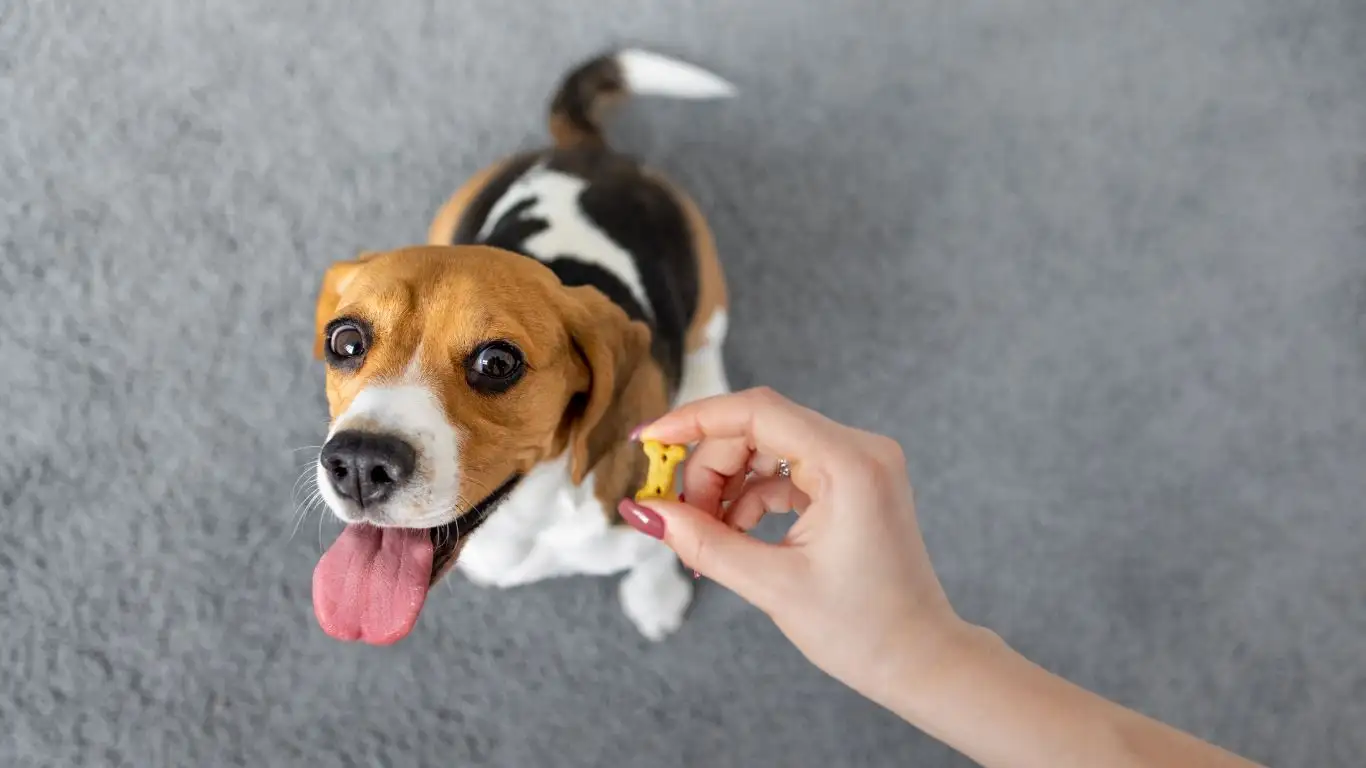
Let’s be honest—not every session is going to be Instagram-perfect. I’ve had my fair share of days where the dog just isn’t feeling it. Maybe they’re extra hungry, overly excited, or just distracted by a leaf blowing outside the window. It happens.
Here are a few common bumps in the road and how I handle them:
1. Dog breaks the wait every time you move
This usually means we need to dial it back a notch. Go back to just asking for a sit, lowering the bowl halfway, then releasing. Build back up slowly. Trust me—it’s better to go slow and steady than rush and confuse your pup.
2. Dog gets frustrated or whines
This can be tough, especially with puppies or more vocal breeds. I ignore the whining completely (no eye contact, no talking), and only reward calm behavior. Reinforcing silence and patience is key here.
3. Dog nails it at home but struggles in new places
This is where I lean on my therapy training experience. Practice in new locations gradually—start in the backyard, then the porch, then a quiet part of a park. Just like people, dogs need to generalize new skills to different contexts.
Making It Part of Your Everyday Routine
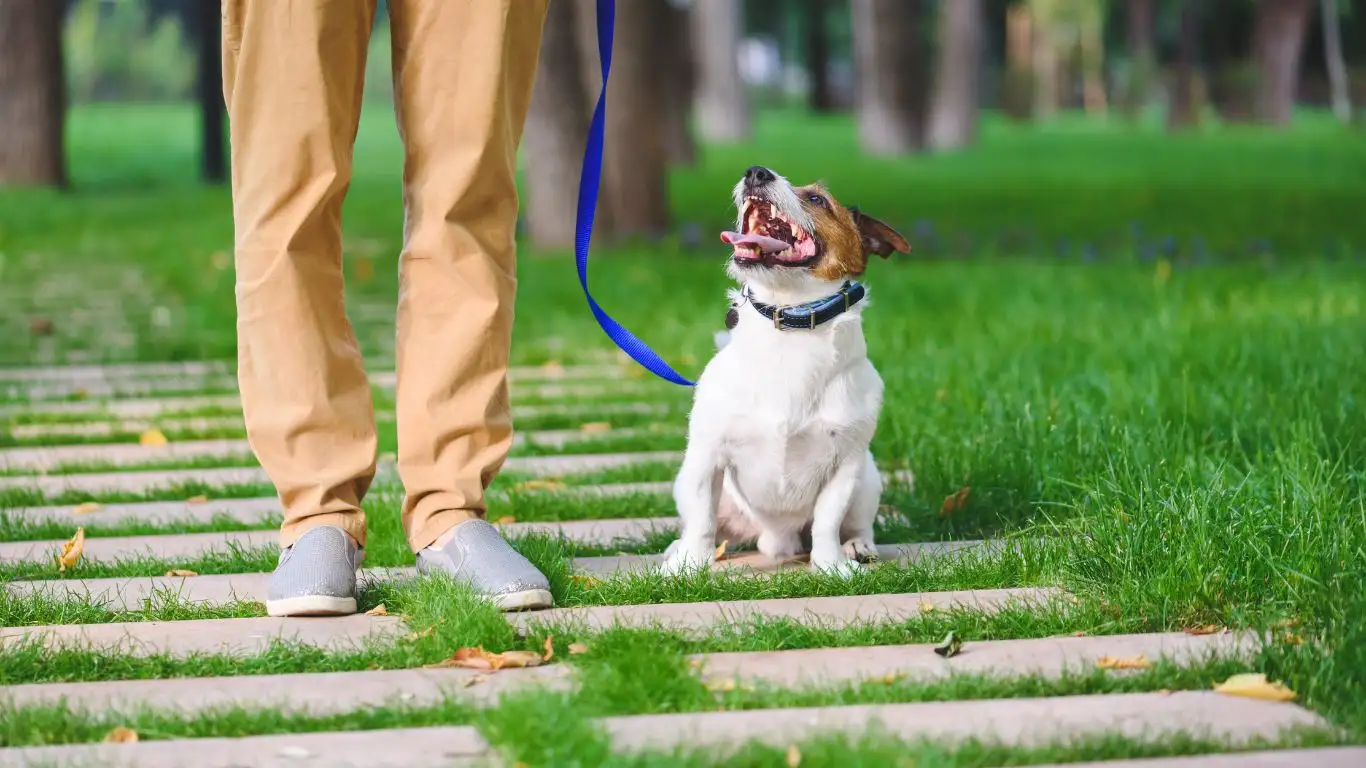
Here’s where it gets really rewarding. Once your dog is reliably waiting for food, start weaving that skill into your daily routine. It doesn’t need to be a big production—just a consistent ritual. I do it every single mealtime with my dogs, even my older therapy dogs who’ve been doing it for years. It reinforces structure and keeps their manners sharp.
And beyond mealtimes, use that wait command in other areas:
- Before going out the door for walks
- At crosswalks or before crossing busy streets
- When someone new enters the home
- Before jumping in and out of the car
It becomes this amazing all-purpose tool that tells your dog, “Hang tight—I’ve got this.” That kind of clarity is comforting for them, and honestly, it makes your life a whole lot easier too.
From Frantic to Focused: Real Progress Stories
I remember one Golden Retriever I worked with—a big, lovable goofball who practically did backflips every time dinner was mentioned. His owner thought he’d never be able to wait calmly, especially with a house full of kids. We started with micro-steps: sit, eye contact, bowl halfway down. Within three weeks, that dog could wait while an entire snack tray passed under his nose. His owner almost cried the first time he didn’t leap at the bowl.
That’s the kind of transformation that fuels my work. It’s not about perfection—it’s about connection, communication, and helping your dog be their best self, one mealtime at a time.
Taking It to the Next Level: Advanced Wait Training Techniques
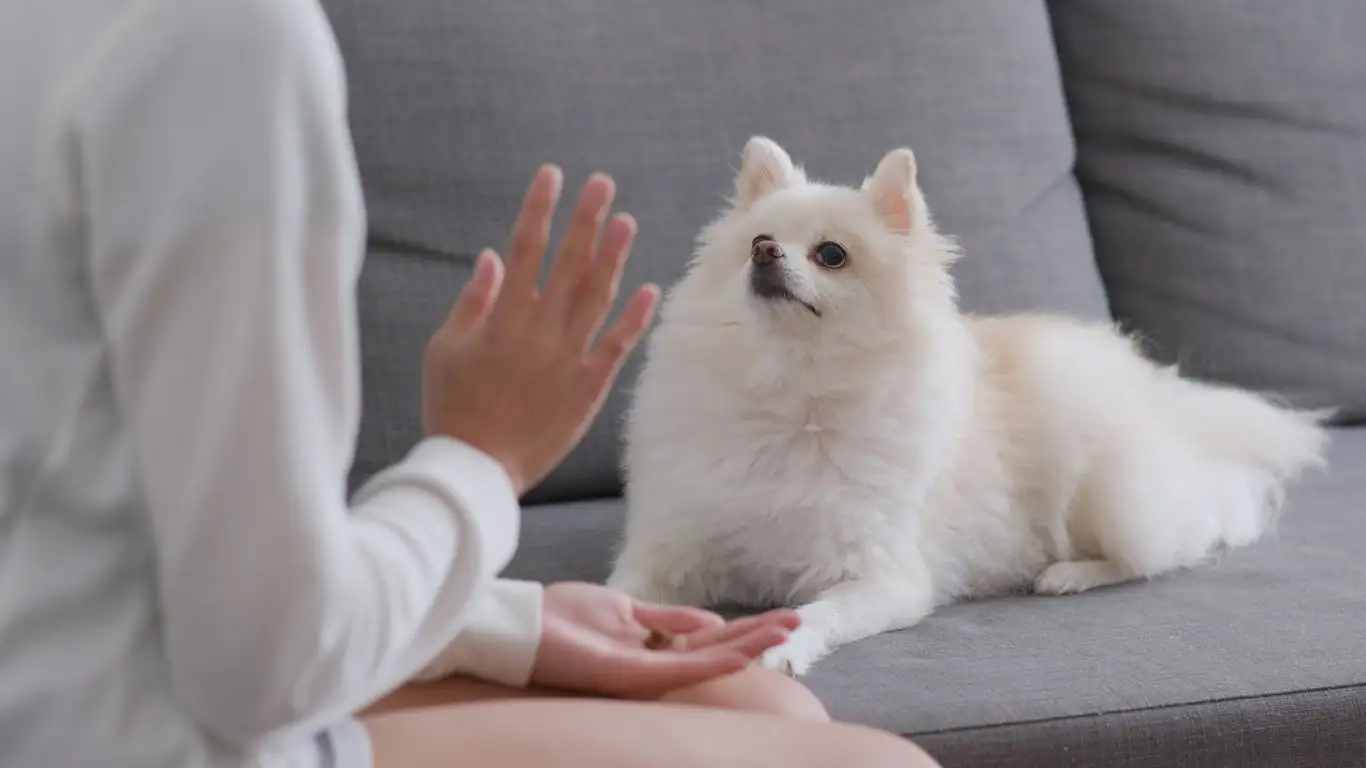
So, you’ve got the basics down and your dog is now calmly waiting for their dinner like a total pro. But if you’re like me and love a good training challenge (and honestly, what dog parent doesn’t?), there are plenty of fun ways to keep building on the core skill of how to train a dog to wait for food politely. These advanced tweaks not only reinforce self-control but also keep your dog mentally sharp—which is huge, especially for working dogs or therapy animals.
Use a Release Cue That Builds Anticipation
Instead of a casual “Okay,” try mixing up your release cue to one that feels more exciting or even specific to meals. I’ve had clients use phrases like “Dinner time!” or “Bon appétit!”—which sounds silly, but it helps keep things fun and engaging. Dogs pick up on our energy, so the more joyful and consistent you are, the more they’ll look forward to waiting (yes, really).
Challenge Their Impulse Control with Trick Integration
This one’s a personal favorite. Before giving the release, I’ll ask for one or two tricks—maybe a “spin” or “paw”—just to keep their brain working while they wait. It’s especially helpful for high-energy breeds like Border Collies or Boxers who benefit from staying mentally engaged. Bonus: it sharpens their overall obedience game.
Turning Wait Training into a Bonding Moment
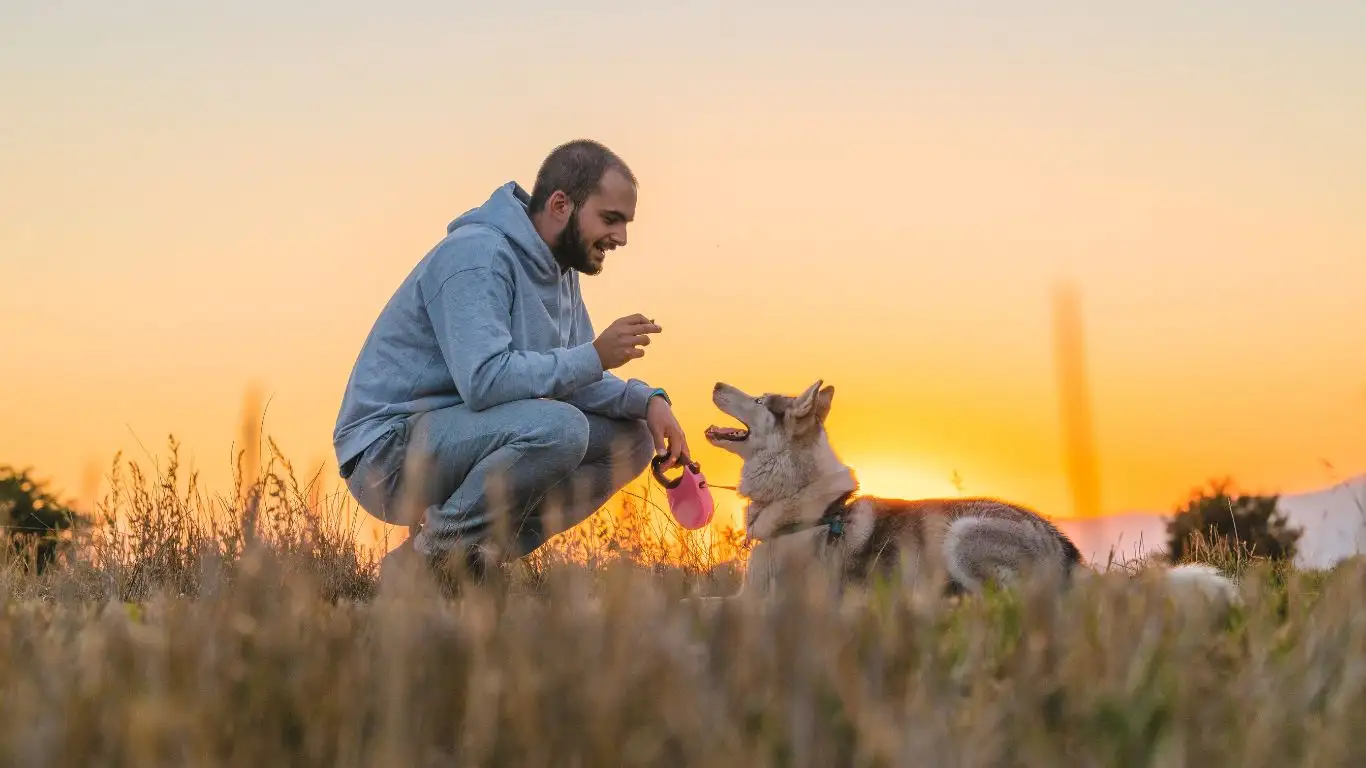
One thing I always tell my clients—especially first-time dog parents—is that this isn’t just about getting your dog to “behave.” Teaching your dog to wait politely for food creates a moment of trust, clarity, and connection. You’re communicating with your dog in a way they understand: calm energy equals reward.
And let’s be honest, there’s something super satisfying about watching your dog look up at you, eyes locked, tail wagging softly, just waiting for that go-ahead. It becomes a shared ritual—something they come to expect and enjoy because they feel safe in that structure.
Therapy Dog Bonus: Prepping for Real-World Calm
From a therapy training perspective, these rituals are golden. Therapy dogs need to stay composed in chaotic environments—hospitals, schools, busy events—and that discipline starts at home. I often start with food wait training before we even approach more complex therapy tasks because it builds emotional regulation. It teaches dogs that they don’t always get what they want immediately, but they will get it—if they stay calm and focused. That’s a valuable life skill in any context.
Real People, Real Pups, Real Success
One of the most rewarding things about this journey is hearing from fellow dog lovers who’ve seen amazing changes just by introducing this one habit. I worked with a rescue Beagle named Louie who had a pretty heartbreaking start—neglected, underfed, and major food anxiety. We took it slow, just asking him to sit while we placed the bowl down. The first time he waited without diving nose-first into it, his foster mom teared up. Now, he’s been adopted and regularly volunteers at a children’s reading program—waiting patiently while kids offer him treats, one at a time. It’s a full-circle moment I’ll never forget.
And it’s not just therapy or service dogs—this works for every dog, every household. Whether you’ve got a couch-loving mutt or a working breed who’s always on the go, building that wait behavior strengthens the bond, boosts trust, and makes everyday life a whole lot smoother.
Final Tips to Keep Progress Strong
Let’s wrap this up with a few final nuggets of advice I’ve picked up over the years:
- Consistency over intensity: Short, daily practice beats long, irregular sessions.
- Reward the calm state, not just the action: Look for relaxed body language, not just sitting.
- Mix up the routine: Vary the location, time of day, and type of food to keep your dog guessing (and thinking).
- Be patient with setbacks: Some days will be tougher than others. That’s okay.
And most importantly? Enjoy the process. Training should never feel like a chore—for you or your dog. Think of it as a daily ritual that builds your communication, deepens your connection, and helps your dog become the best version of themselves.
References
Disclaimer
This article is based on my professional experience as a Canine-Assisted Therapy Trainer and is intended for educational purposes only. Every dog is different, and training results may vary. If your dog exhibits aggressive or extreme anxious behavior around food, consult a certified behaviorist or your veterinarian before beginning any new training routine.
